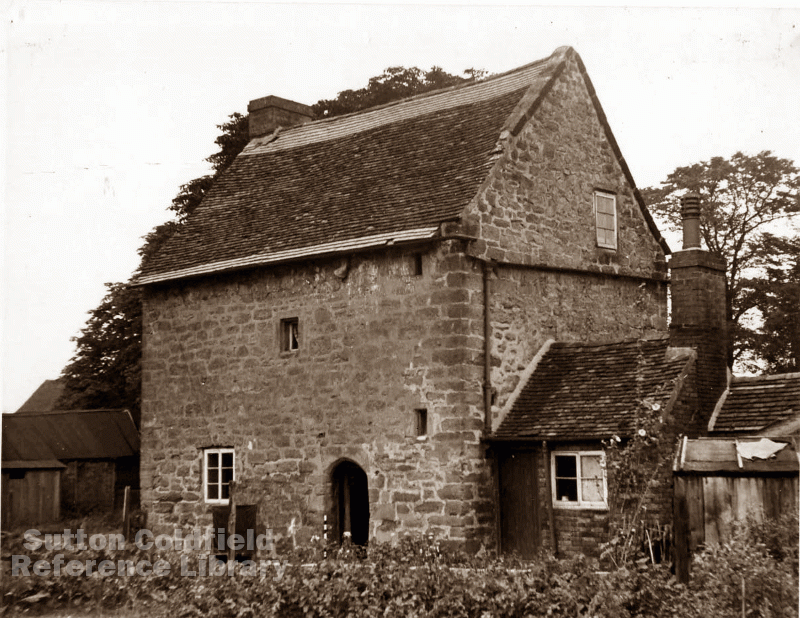Not much remains of the old Little Sutton today - there are the relics of the old village green along Little Sutton Road at the corners of Grange Lane and Marlpit Lane, and the names of some of the roads and pubs are reminders of the past.
Although Little Sutton was a small, mainly agricultural community, it was a very old settlement. Land at Little Sutton was given to Canwell Priory in the twelfth century, and for centuries it had its own open fields. There were three open fields, and the men of Little Sutton had strips of land in each one. They all worked together on the ploughing of the 100 acre fields, one being ploughed in autumn, one in spring, and the other left fallow. There was Shadwell Field, between Grange Lane and Worcester Lane, Steynley Field extending from Grange Lane to half-way down Jordan Road, and Well Field to the south of Little Sutton Lane.
The village consisted of about twenty houses clustered along the village green, which stretched from the Fox and Dogs to Marlpit Lane. For most of the inhabitants it would have been a hand-to-mouth existence, as they had barely enough land to live on. William Croxall was a tenant farmer of 19 acres in Little Sutton in 1569, when the medieval open field system was still in force. He had 37 separate half-acre strips of land, some in each of the three fields; although this appears to be inefficient, it worked well in practice, as the only large-scale operation, ploughing, was done communally. It meant his daily toil on the land was done in hailing distance of his neighbours, and he had strips in the more fertile parts of the field as well as some poorer ones.
Agriculture was changing, and by 1600 many of the strips had been consolidated into hedged fields, and each farmer had to do his own ploughing. Little Sutton remained an agricultural village, although there was a blacksmith at the corner of Marlpit Lane, a butcher opposite Grange Lane (once known as Butchers Lane) and the Fox and Dogs pub (not the present building). In more recent times new houses began to replace the farm cottages. One of the last to go, demolished in 1959 to make way for the Heathcroft Estate, was a Bishop Vesey stone house, Little Sutton cottage.
